WWII ship that sank with 1,000 Allied POWs on board discovered in South China Sea
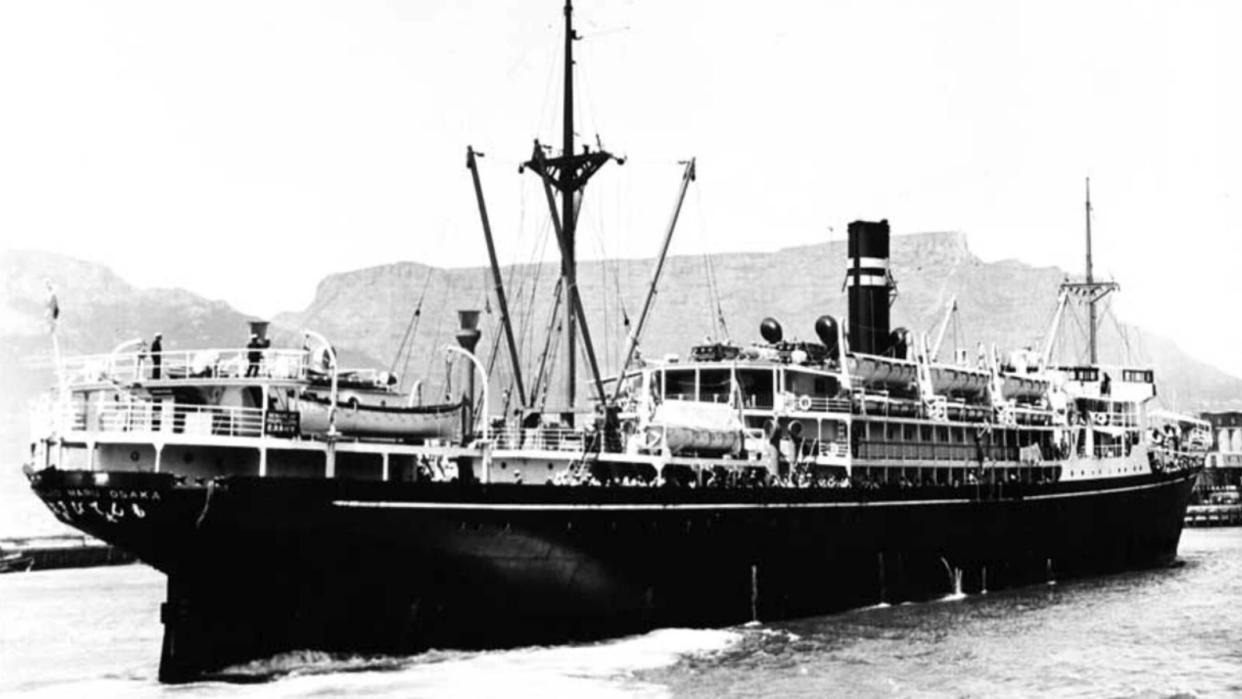
The wreck of the Montevideo Maru, a Japanese transport ship that sank in World War II and claimed the lives of more than 1,000 Allied prisoners-of-war on board, has been discovered in the deep waters of the South China Sea.
The ship was sunk in 1942 by torpedoes from an American submarine, which didn't realize it was carrying prisoners; many of the dead were Australians, making the sinking the deadliest sea event in Australia's history.
The discovery last week was the culmination of decades of effort, as some of the people on board were descendants of those who drowned in the sinking. "It's been their life's work," John Mullen, the founder and director of the maritime archaeology nonprofit Silentworld Foundation, told Live Science by satellite telephone from the search ship that found the wreck.
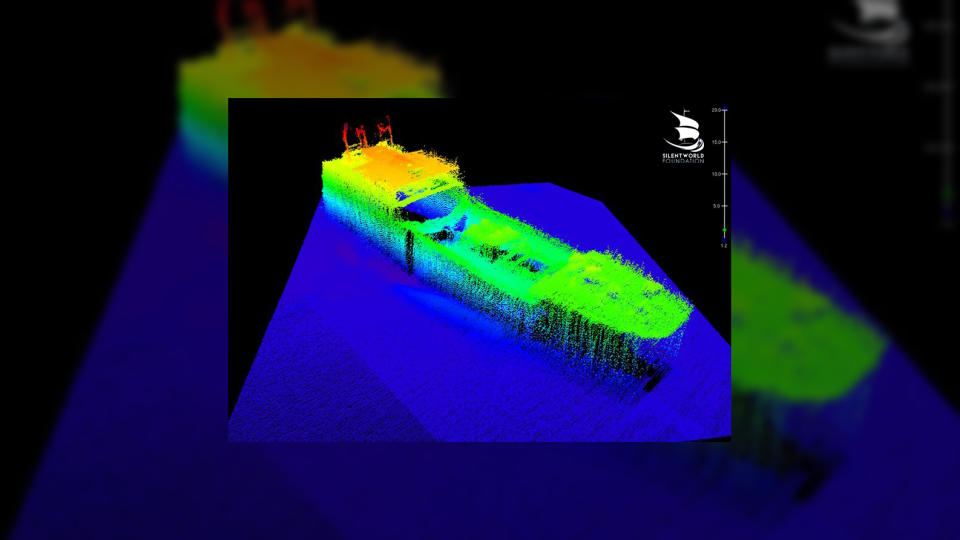
Silentworld coordinated the latest expedition with support from Australia's Department of Defence; Fugro, a Dutch deep-sea survey firm that supplied the ship and equipment for the search; and the Rabaul and Montevideo Maru Society, which maintains a website for the relatives of those killed in the disaster. "We've been working on it for five years," Mullen said.
Related: 30 incredible sunken wrecks from WWI and WWII
Their research narrowed down the location of the sinking to an area of the seafloor that searchers on the ship — the Fugro Equator — started scanning with multibeam sonar equipment on April 6.
Multibeam sonar creates a detailed map of the seafloor from the echoes of thousands of pulses of sound that are sent at different frequencies; likely wreck sites were then investigated with higher-resolution sonar equipment on an autonomous underwater vehicle (AUV.)
On Apr 18, after 12 days of searching, the AUV located the wreck at a depth of about 13,100 feet (4,000 meters) in the part of the South China Sea controlled by the Philippines, about 60 nautical miles (110 kilometers) northwest of Luzon.
Mullen said the searchers were able to confirm it was the wreck of the Montevideo Maru by comparing the sonar images from the AUV to blueprints of the ship.
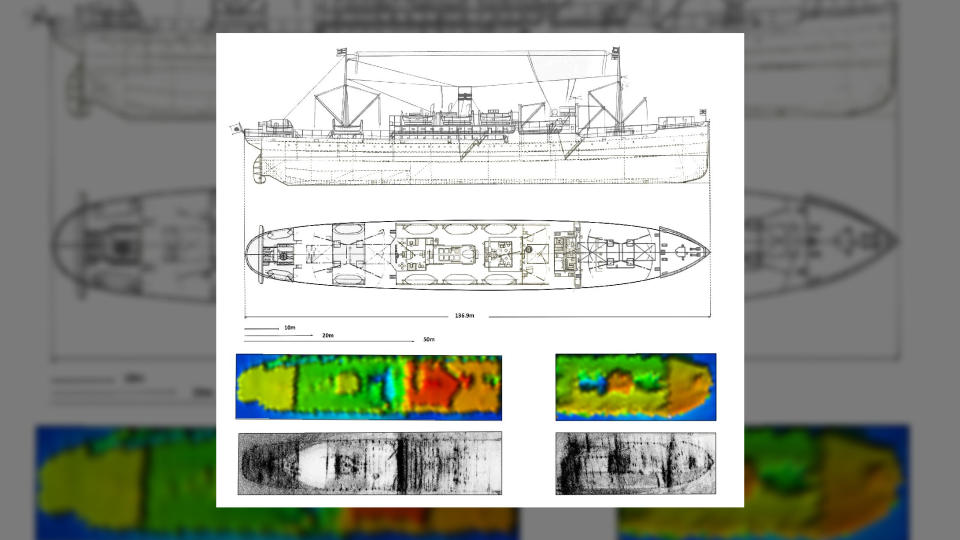
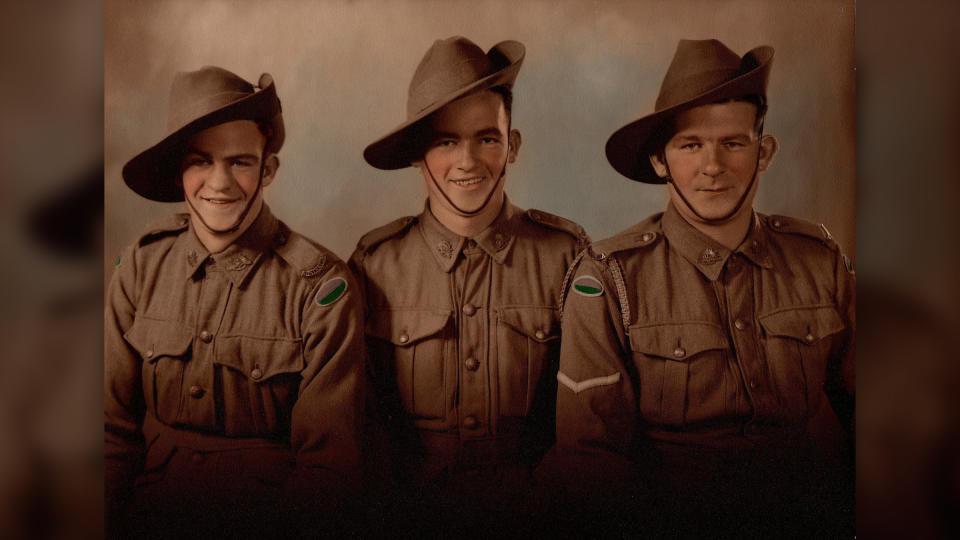
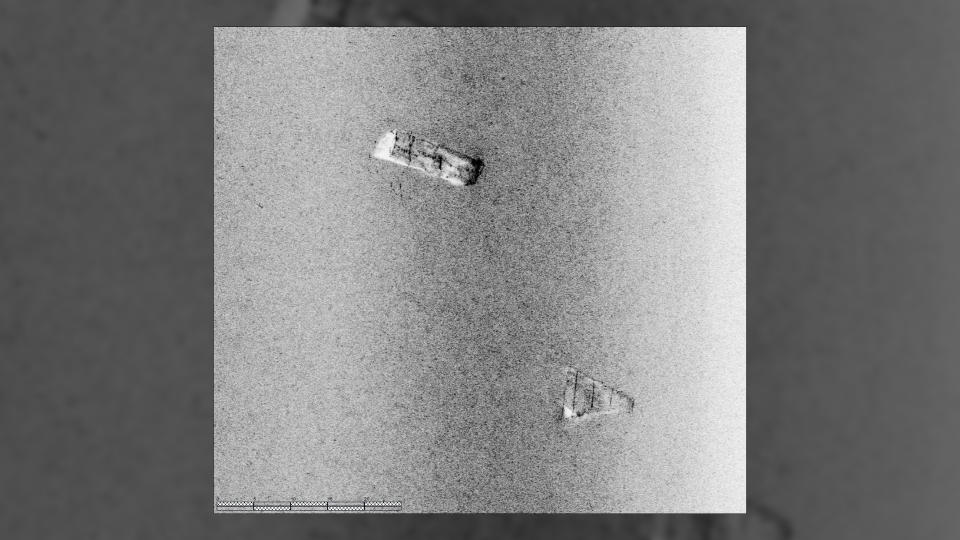
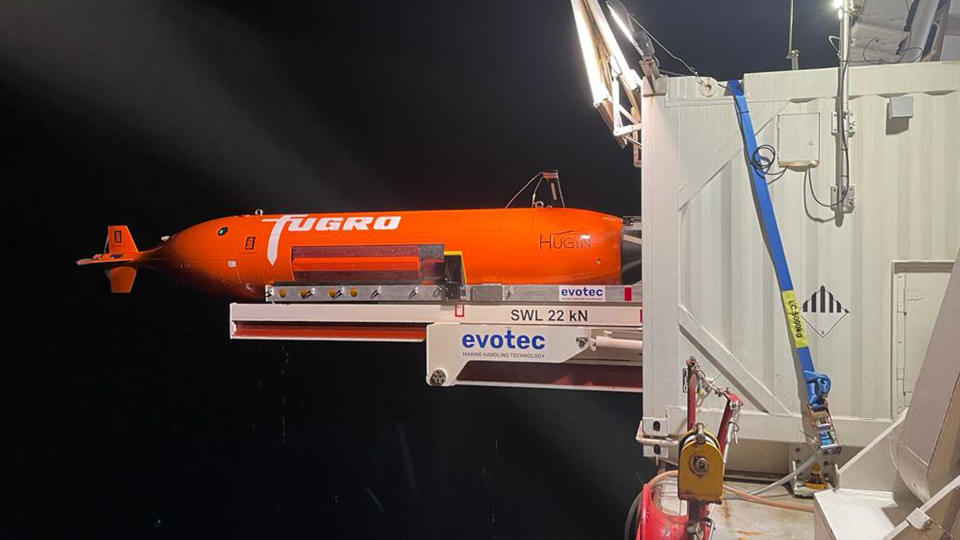
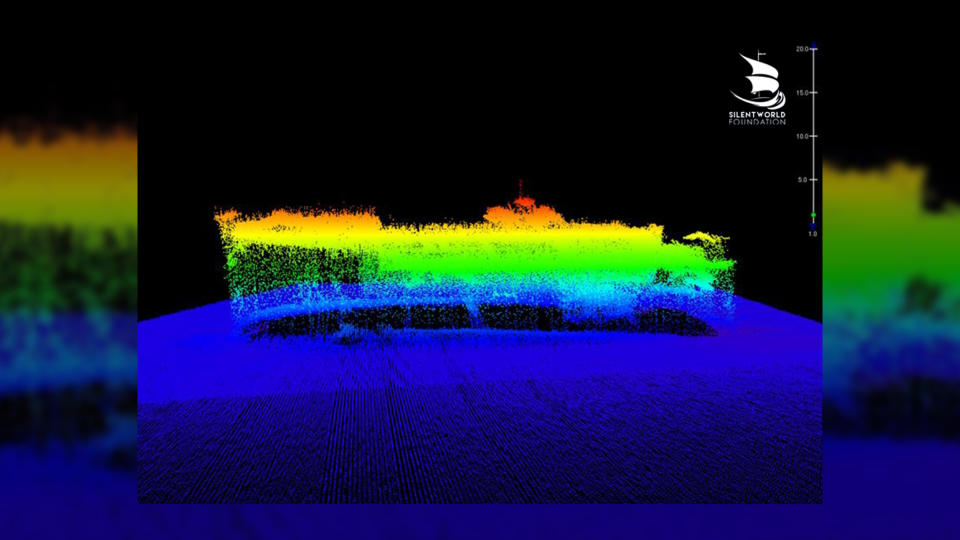
Japanese transport
The Montevideo Maru was launched by a private Japanese shipping line in 1926 and carried passengers and cargo to and from South America; but it was commandeered by the Imperial Japanese Navy during World War II.
In June 1942, it onloaded 1,054 prisoners-of-war at Rabaul, previously the capital of Australia's territory of New Guinea, which had since fallen to invading Japanese forces. Most of the prisoners were Australians, including about 850 soldiers, sailors and aviators who had fought in the defense of New Guinea; there was also a group of Norwegian sailors and more than 200 civilians from 14 countries.
On June 30, 1942, the Montevideo Maru was en route to the Chinese island of Hainan, which was then occupied by the Japanese, when it was spotted by an American submarine, USS Sturgeon.
Before dawn the next day, unaware that the ship was carrying prisoners of war, the Sturgeon fired four torpedoes at the Montevideo Maru, at least one of which hit it and caused it to take on water; it sank 11 minutes later, taking with it most of the people on board.
A few of the Japanese crew survived the sinking; they reported that some of the Australian prisoners who had made it onto makeshift rafts sang "Auld Lang Syne" to their dead comrades on the sunken ship. But no survivors from among the prisoners were ever found.
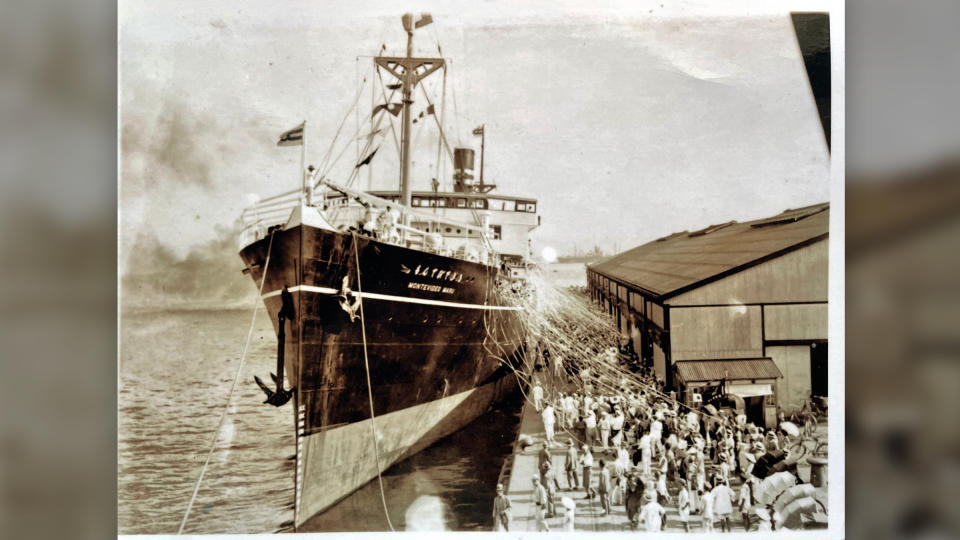
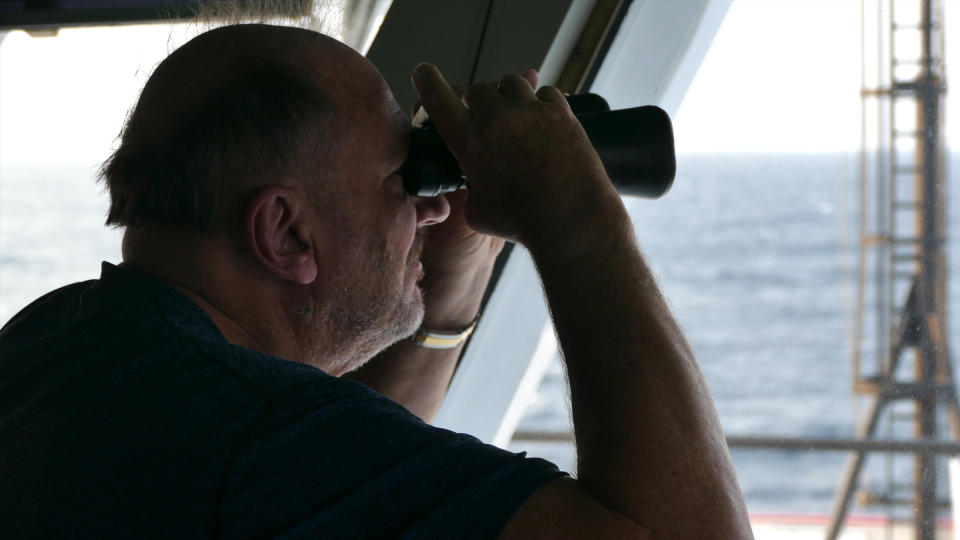

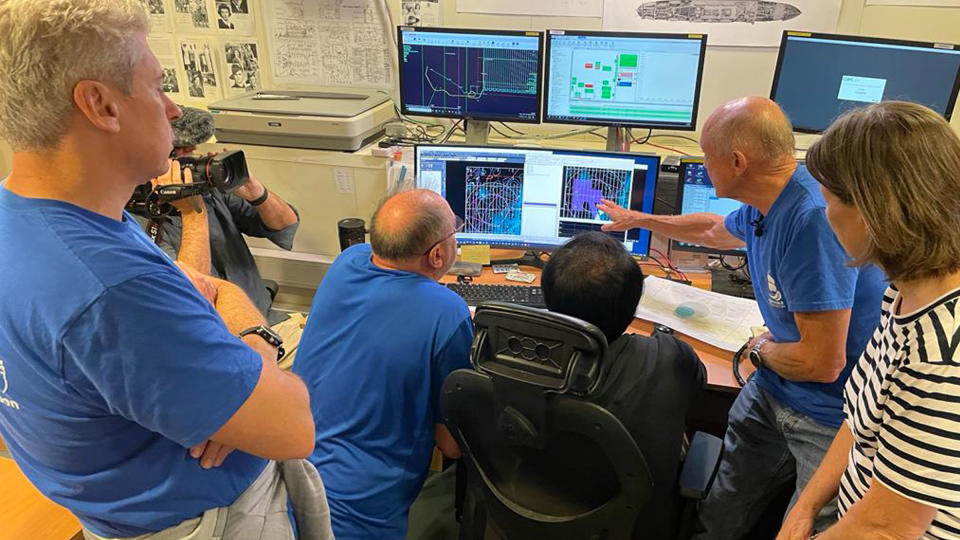
Historic wreck
The ship is a war-grave, and there are no plans to disturb it. Mullen hopes that its extreme depth will help keep it safe.
related stories
—$17 billion shipwreck near Colombia is remarkably preserved, new photos reveal
—Quarry workers make 'unexpected' discovery of ship from Queen Elizabeth I's reign
—Medieval shipwreck discovered in Norway during hunt for WWII ammunitions
Daryl Karp, the director and CEO of the Australian National Maritime Museum, said the location of the Montevideo Maru wreck had been a mystery for 81 years. "But that mystery has now been solved," she told Live Science. She added that the discovery would provide closure to the families of those on board.
The discovery has also been hailed by the Australian government and representatives of Australia's military.
Mullen said the effort put into finding the wreck reflected how the living still have high regard for the dead. "It's nice to be a citizen of a country that doesn't forget and keeps looking for those who gave their lives," he said. "We are very humbled to have played a small part in that."

